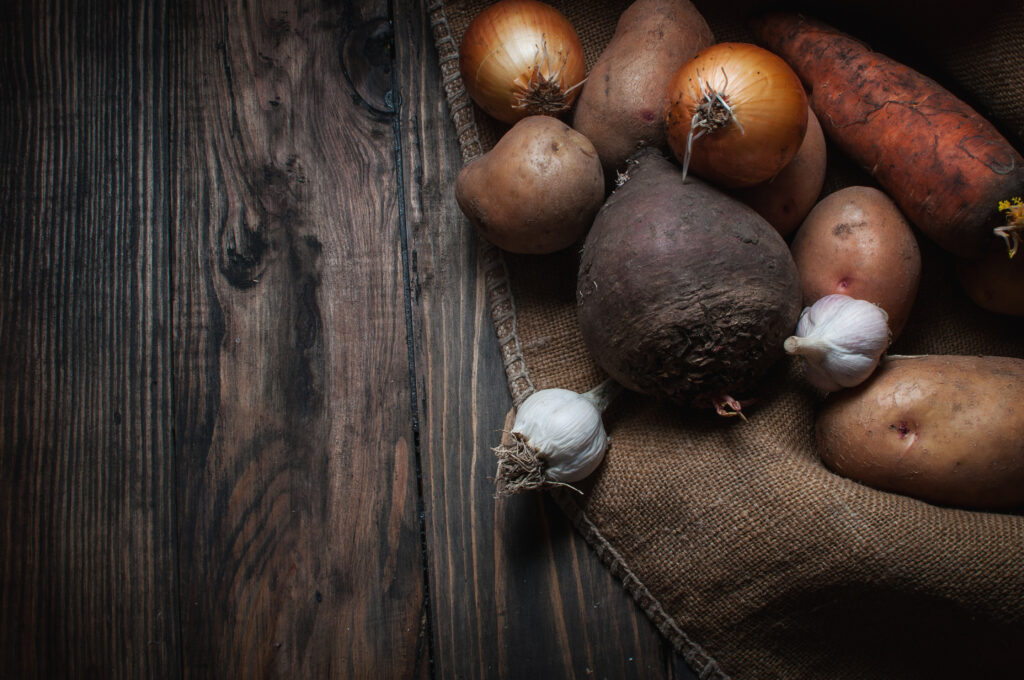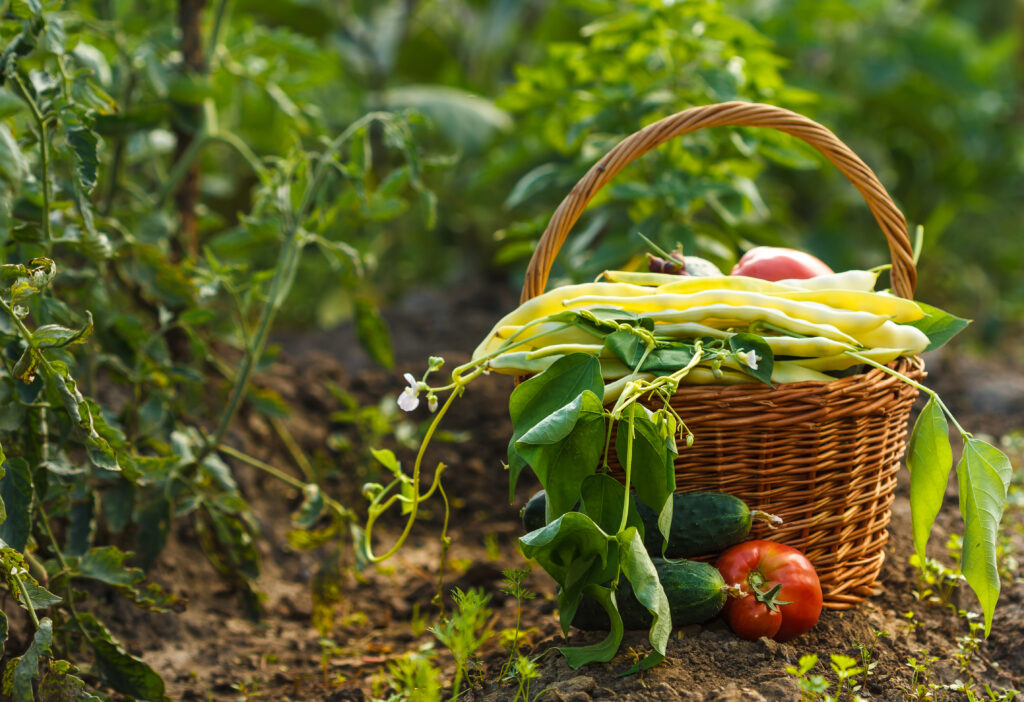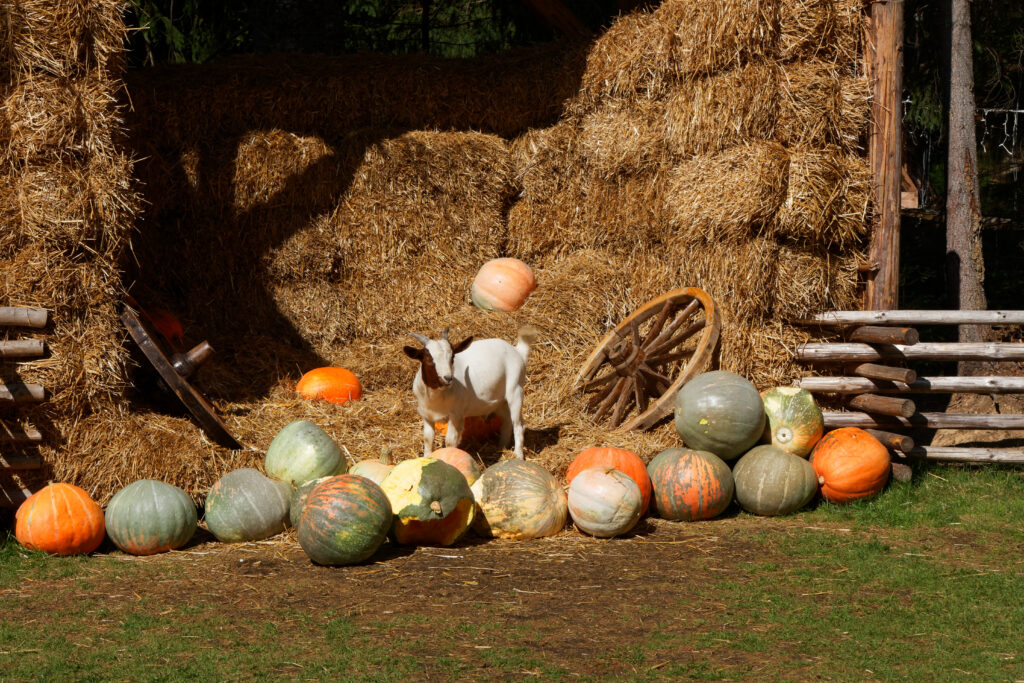Food. In the 1940s chemical farming was introduced with the Industrialization of Agriculture. This started an insidious change in our diets.
There was a time when food was our main medicine. There was a time when we trusted our farmers and governments to watch out for our health. Today, we have to take control of what we eat, we have to conduct in-depth researches to find out what our farmers are doing, how they are surviving, what are the challenges they are facing, and and how can we help them do a better job. Today, “government” and “Pharmaceutical corporations” are one and the same. Today, for every poison we are fed, our doctors can prescribe a new drug to keep us functioning, for a while longer anyways. Maybe it is time to be proactive, yes?
Prior to The Industrialisation Revolution, most farms operated on the components of biodiversity that supported ecosystem services upon which agriculture is based. These include a diverse range of organisms that contribute, at various scales to, among other things:
Nutrient cycling -is a system where energy and matter are transferred between living organisms and non-living parts of the environment.
Maintenance of the hydrological cycle – the water cycle is the motion of the water from the ground to the atmosphere and back again.
Pest and disease regulation, pollination, pollution and sediment regulation, erosion control, and climate regulation and carbon sequestration.
Organic foods are foods produced by methods that encourage the cycling of resources, promoting ecological balance, and conserving biodiversity. Organic agriculture relies on fertilizers of organic origin such as compost, manure, green manure and bone meal. Organic farming places emphasis on techniques such as crop rotation and companion planting. Biological pest control, mixed cropping and the fostering of insect predators are encouraged. The use of naturally occurring substances is a must.
No pesticides and fertilizers should be used in farming organic foods, nor should irradiation, industrial solvents or synthetic food additives be used.
Currently, the European Union, the United States, Canada, Mexico, Japan, and many other countries, require producers to obtain special certification in order to market food as organic within their borders. Organic food is food produced in a way that complies with organic standards set by national governments and international organizations.
Take advantage of the seasons.
Shop at Whole Foods, if you can afford to, for your vegetables. Urban Fare, Safeway and most other grocery stores have great selections too.
Shop for produce and seafood that are in season, these are usually reasonably priced – as more seasonal foods arrive the grocery stores will adjust the prices to move them off the shelves faster.
Tips and thoughts:
When shopping, avoid buying processed foods as much as possible. In this blog you will find many recipes to make great meals from fresh, local ingredients. Soups, for example, are super easy to make and will keep for days. Cooking your own food will help you eat clean healthy medicine that tastes delicious!.
If you must buy imported produce, look for the green and white USDA Organic label for your fruits and vegetables.
Remember organic foods are produced as naturally as possible and thus will break down naturally.
Fruits when picked keep on aging, the organisms are alive and thriving – this is why the fruit will ripen and eventually rot. In nature, this is a great way for the seeds to get back in the ground.
Vegetables, on the other hand, when plucked will stop aging. They are chockfull of nutrients and vitamins waiting to be eaten, if not used in a timely manner the vegetables will “die” slowly hence the drying up and withering.
Because of those (above) reasons you will notice the organic section is smaller than conventional sections. You will always see one or two aging, or withering, fruit and vegetable amongst the display, that is a good indication that they are natural organic fruits and vegetables.
Know your farmers and farming areas and do what you can to help your part of the world work towards a food-secure future.
Conventional fruits and vegetables that cannot be traced to local or reputable agricultural lands, on the other hand, will look perfect forever – they will be perfect spheres/shapes, they will look bright-eyed and bushy-tailed for months – they will be quite big, as in massive, for their species.
If it looks like plastic does that mean it will go through my digestive system, like plastic does in the garbage cans, staying there forever and ever, Amen?
I would love to take you on a tour of a biodiverse farm…how about in my next post?


